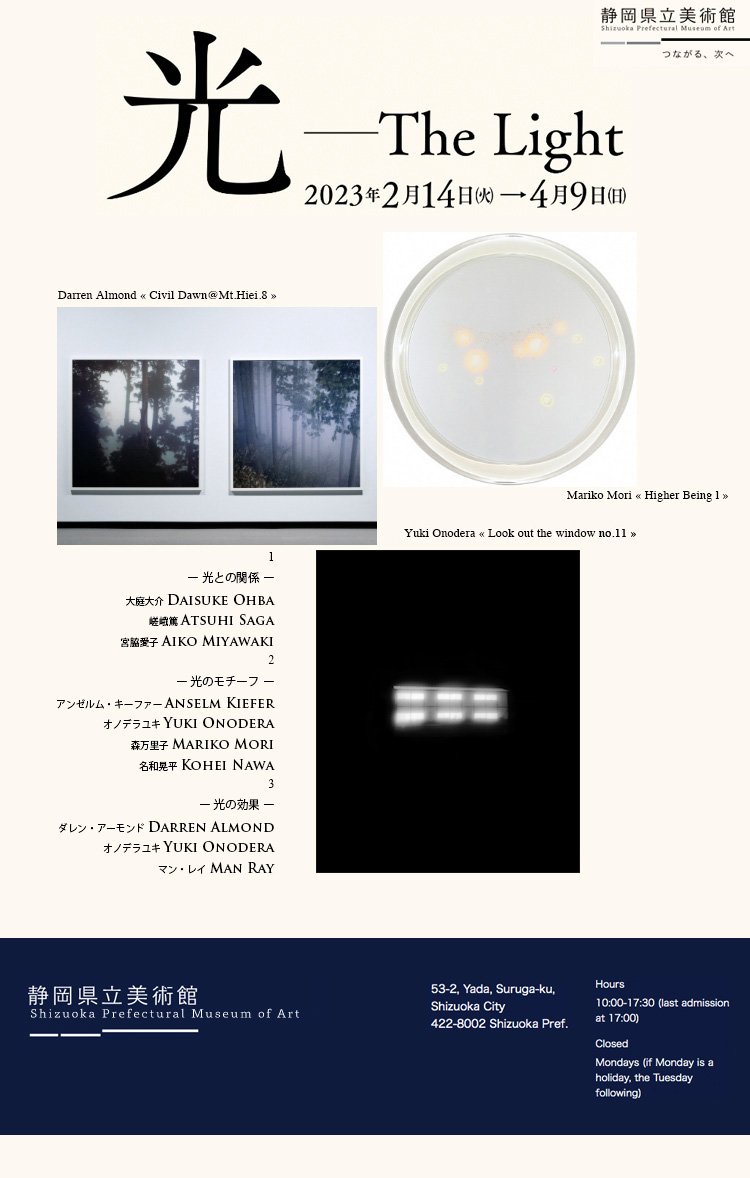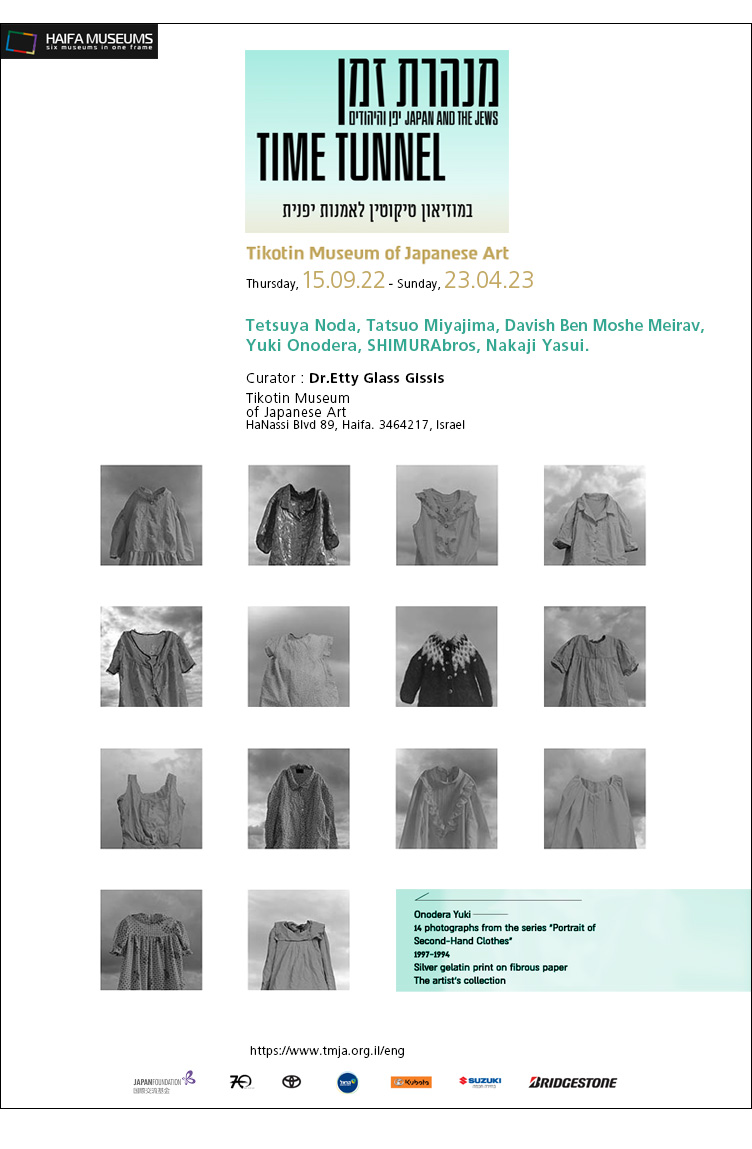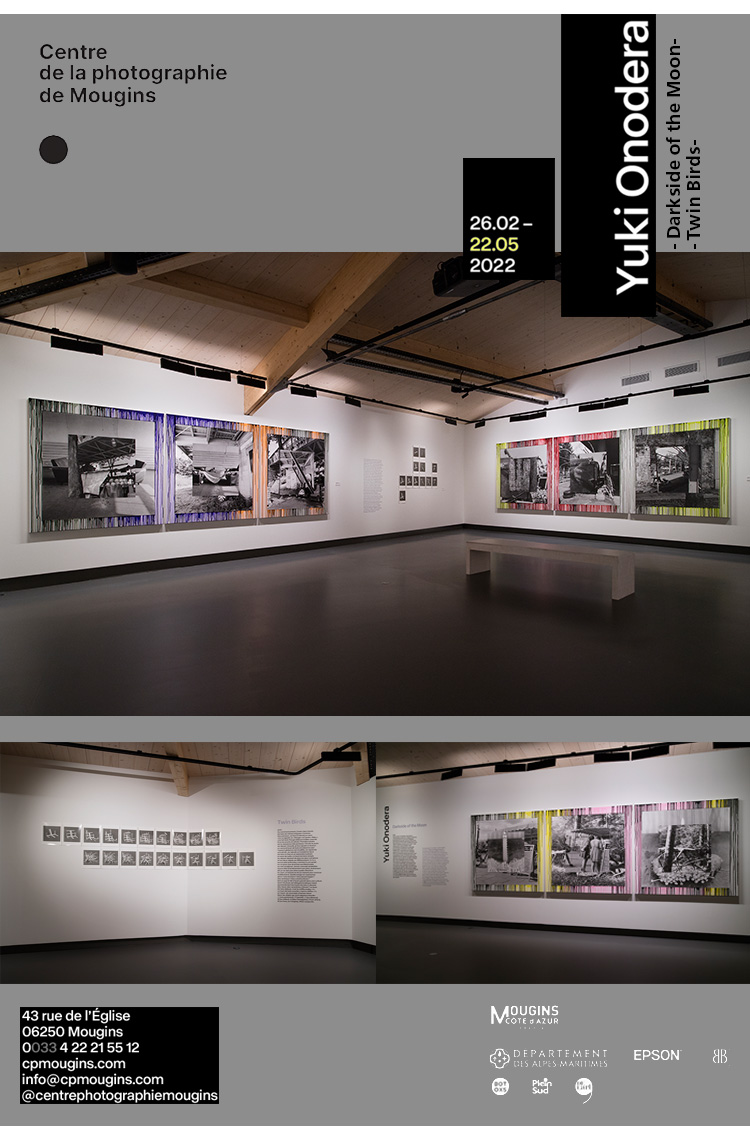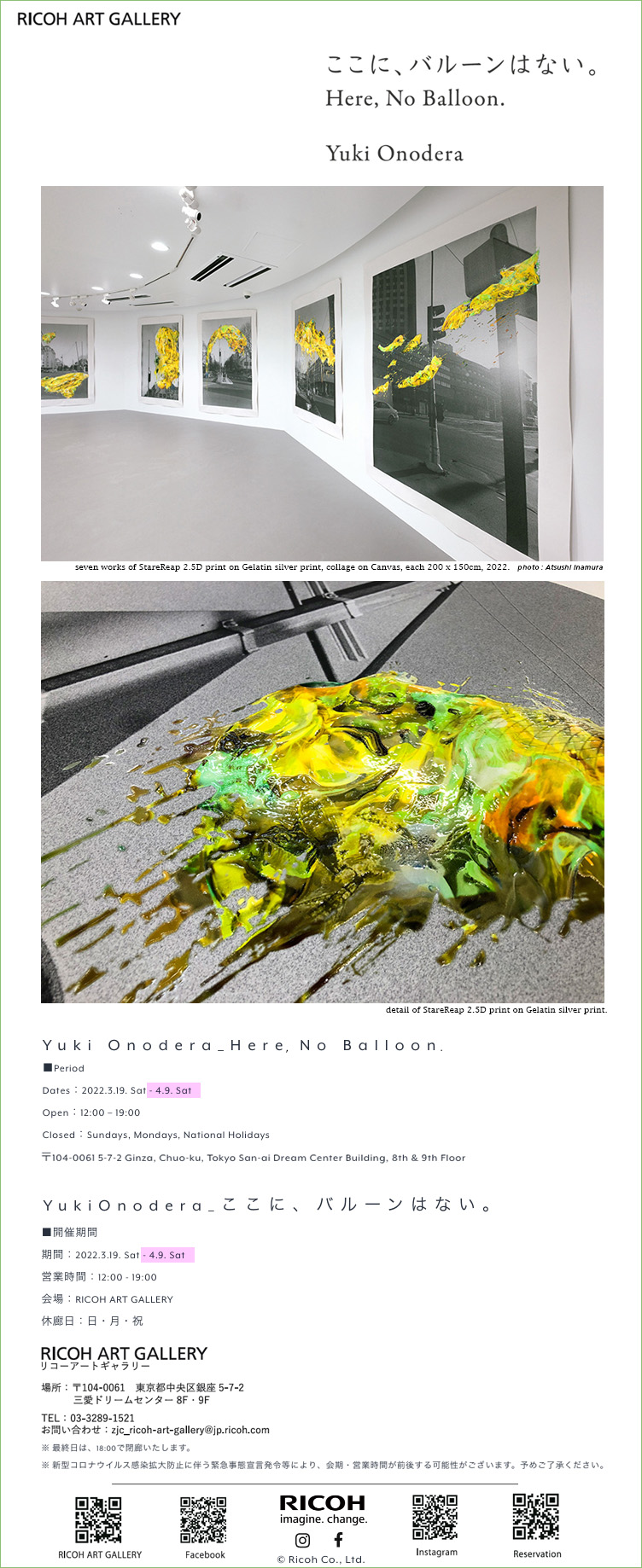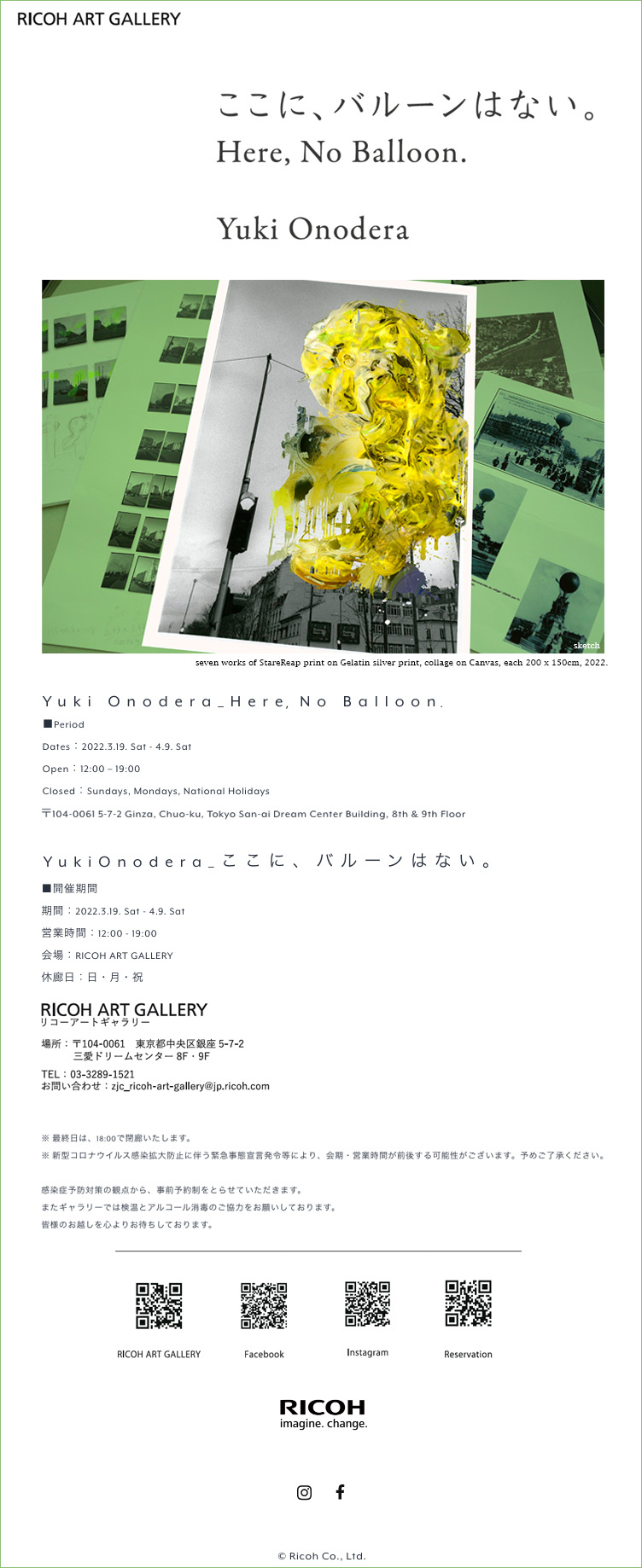静岡県立美術館 光 – The Light
Yuki Onodera « Look out the window no.6 »
Mariko Mori « Higher Being l »
Darren Almond « Civil Dawn@Mt.Hiei.8 »
https://spmoa.shizuoka.shizuoka.jp/exhibition/detail/83
光
–The Light
2023年02月14日(火)~2023年04月09日(日)
February 14 (Tue) – April 9 (Sun), 2023
1
ー 光との関係 ー
大庭大介 Daisuke Ohba, 嵯峨篤 Atsuhi Saga, 宮脇愛子 Aiko Miyawaki
2
ー 光のモチーフ ー
アンゼルム・キーファー Anselm Kiefer, オノデラユキ Yuki Onodera, 森万里子 Mariko Mori, 名和晃平 Kohei Nawa
3
ー 光の効果 ー
ダレン・アーモンド Darren Almond, オノデラユキ Yuki Onodera, マン・レイ Man Ray
・
・
・
the Shizuoka Prefectural Museum of Art
静岡県立美術館
https://spmoa.shizuoka.shizuoka.jp/en/guide/
53-2, Yada, Suruga-ku, Shizuoka City, Shizuoka Prefecture 422-8002 Shizuoka, JAPAN
Administrative Office Tel. 054-263-5755 Fax 054-263-5767
Curatorial Office Tel. 054-263-5857 Fax 054-263-5742
・
・
・
・
